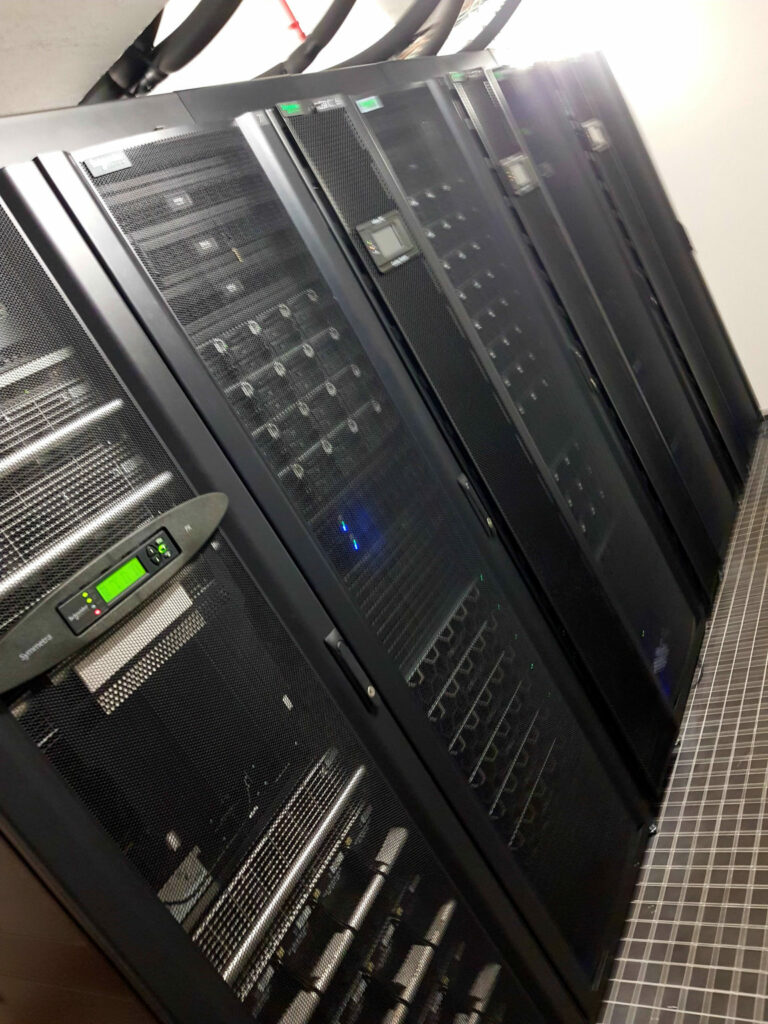MatriCS is a shared platform for all the laboratories of the University Picardie Jules Verne. It was financed up to 1.800.000 € by the FEDER and the regional council of Hauts de France then consolidated, supported by €900,000 by Amiens Métropole in 2022. MatriCS platform gathers 6660 cores, 42 GPUs and 49.6 TB of RAM and hybrid nodes equipped with FPGAs. The computing power is estimated at about 1 PFlops.

The MatriCS platform pools scientific equipment for digitization, high-performance computing, storage, visualization and interaction. The goal is to serve the research and the socio-economic world a single place of ressources in digital science. It offers the digitals (monuments, lands, …) and train students and staff of the University and manufacturers to use the equipment and softwares of the platform. The MatriCS platform fall within multidisciplinary context and it serves all laboratories such as MIS, EPROAD and LTI (Informatic), LAMFA (Mathematic), LRCS (Battery), LG2A (Chemistry), GEC and EDYSAN (Biology) or LNFP (Medicine) and LPMC
The MatriCS platform offers a humanoid robot Pepper, 3D scanner laser, a 3D-light-field camera and a visualization server with 2 GPUs and softwares such as Faro Scene, ANSYS softwares… The main equipment of the platform is a computer cluster. In order to answer a lot of needs, the cluster has several kinds of nodes : “Normal” nodes, nodes with a lot of memories for researches asking a lot of memories in calculations, nodes with 2 GPUs for HPC software such as Gromacs or Lammps, nodes with 4 GPUs for Artificial Intelligence -in particular for deep learning, nodes for visualizing and interacting with results. The calculator has a lot of computational nodes and one visualization node.
Introducing the platform, Digital Day on 28 April 2022 at the UPJV.
A presentation (in French) of MatriCS during the “Numeric day” done at UPJV in April 2022.